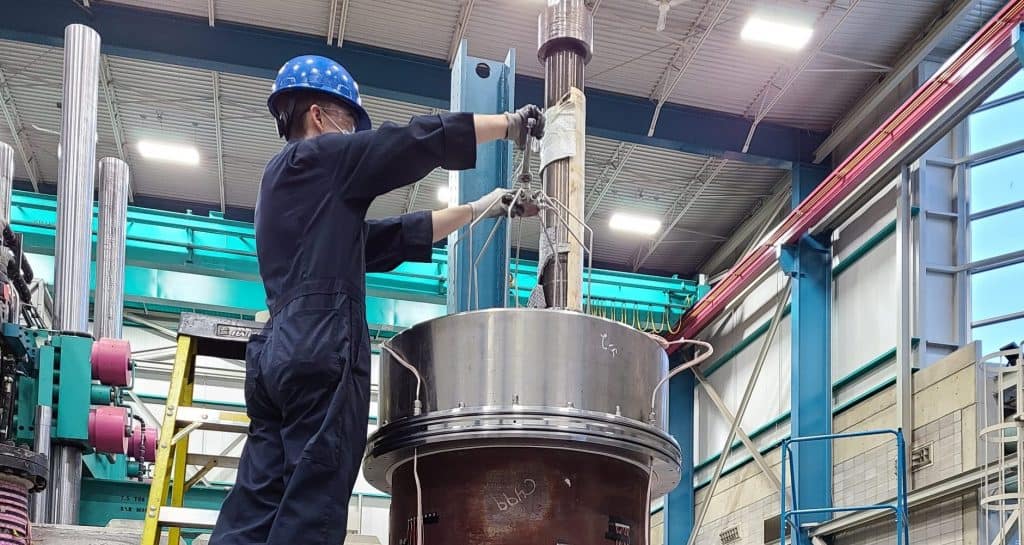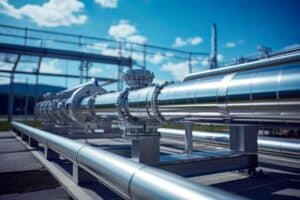Although the first hydrogen fuel cell was first conceived as long ago as 1839 by Sir William Grove, hydrogen energy still has a way to go before it becomes a significant power source in our energy mix. Still, there is no doubt that hydrogen will have an increasing role to play as we transition to cleaner energies.
C-FER Technologies, a not-for-profit subsidiary of Alberta Innovates, has received a $1,375,000 investment through Alberta Innovates’ TIER Economic Recovery Program to set up unique, full-scale testing systems aimed at understanding the impact of hydrogen on existing infrastructure and equipment.
Brian Wagg, director of corporate services at C-FER, explained that the organization has already been involved in several hydrogen research projects. “We completed a technology gap analysis for Alberta Innovates that looked at all aspects of hydrogen production, transportation, storage and end use,” said Wagg. “We wanted to see what needs to be done over the next three years for Alberta to move along the path of a transition to hydrogen. Our work was used as input for the Hydrogen Roadmap created by the province of Alberta in 2021.”
C-FER is also working on projects that address other aspects of the hydrogen value chain including an assessment of how different pipeline materials are affected by hydrogen; underground storage of hydrogen; the use of supertankers for the transportation of hydrogen; and designing connections for hydrogen storage wells.
The TIER funds will be used to create a full-scale system to test pipelines for use with either pure hydrogen or hydrogen blended with natural gas.
“The challenge is that we can’t build enough new pipelines to carry hydrogen in the timeframe required to meet the various Net Zero targets. So, one option that is being considered is to use existing natural gas pipelines and either blend the hydrogen in or convert the pipelines to carry pure hydrogen.”
To assess the impact of hydrogen on legacy pipeline systems, it’s necessary to cut sections from existing pipelines to get representative material samples for testing. These samples will include features such as welds, dents and corrosion that could affect how the pipe performs when it is exposed to hydrogen.
The C-FER facility is uniquely capable of conducting the large-scale tests needed to assess how these features can affect pipe performance in hydrogen. This includes large, submarine-like structures called Special Environments Chambers, within which large-scale pipe specimens can be tested in hazardous environments, including explosive, corrosive or poisonous gas environments.
“We’re building on C-FER’s extensive experience in conducting tests that reproduce complex operating environments such as with hydrogen or blends of hydrogen and natural gas,” said Wagg. “In fact, testing with hydrogen is going to be considerably easier than some of the other tests we have conducted that have included hydrogen sulphide, or sour gas, which is extremely corrosive, poisonous and explosive.”
The TIER funding, and the work being undertaken by C-FER, is an important step for Canada in assessing the infrastructure required for hydrogen transportation. This work will help pipeline operators understand which pipelines could potentially be converted to hydrogen service and how these pipelines would need to be monitored and maintained once they start transporting hydrogen. The results of the work in the new facility is also expected to help inform revisions to national and international standards to ensure the safe and reliable transportation of hydrogen in pipelines.
You can read more about the TIER funding and C-FER’s work on their website.




